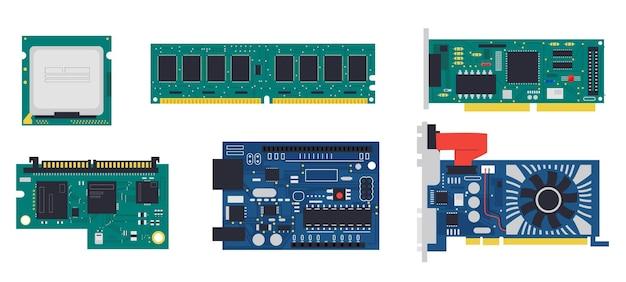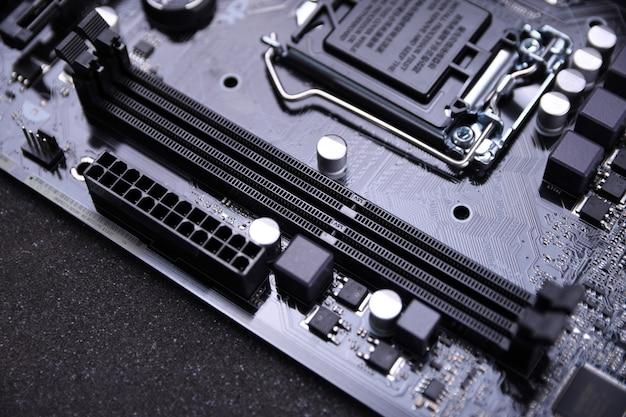Memory is an incredible cognitive process that enables us to retain and recall information. Have you ever wondered how our brain stores and processes memories? Look no further, as in this blog post, we will delve into the fascinating realm of the information processing model of memory.
In this fast-paced digital age, where information constantly bombards us from every direction, understanding how our brain handles and stores these inputs is more important than ever. The information processing model provides us with valuable insights into how our brain encodes, stores, and retrieves information. So, let’s embark on this journey of discovery as we unravel the three integral parts of the information processing model of memory.
So, grab a mug of your favorite beverage, settle into your comfiest chair, and prepare to uncover the secrets of your mind’s incredible information processing abilities. Let’s get started!

What Are the Three Parts of the Information Processing Model of Memory
The Sensory Register: Catch It While You Can!
Imagine being at a noisy party, surrounded by chattering people and blaring music. Somehow, amidst all the chaos, your brain manages to pick up on certain sounds and snippets of conversation. This is thanks to the sensory register, the first part of the information processing model of memory.
The sensory register is like a temporary storage system that captures information from our senses, such as what we see, hear, taste, smell, and touch. It holds onto this information for a very brief period, around a few seconds. It’s like a fleeting flirtation, here one moment and gone the next.
The Working Memory: Mental Monkey Business
Now that we’ve caught some attention-grabbing bits in our sensory register, let’s move on to the next step in the memory dance: the working memory. Think of the working memory as your brain’s workshop – the place where all the mental monkey business happens.
The working memory is responsible for actively processing and manipulating the information we pay attention to. It’s like a cognitive juggler, keeping multiple thoughts in the air at once. This mental workspace allows us to make sense of the world around us, solve problems, and temporarily store information for immediate use.
The Long-Term Memory: Where Memories Live Forever (Maybe)
Ah, the long-term memory, the vault where our most cherished memories reside. This is the final destination in the journey of information processing. Unlike the sensory register and the working memory, the long-term memory has almost unlimited capacity and duration. It’s like that giant attic where you store all your nostalgic keepsakes.
The long-term memory is divided into two main categories: explicit (declarative) memory, which is conscious and factual, and implicit (non-declarative) memory, which is unconscious and procedural. From childhood stories to motor skills, this memory system is responsible for storing all the lifetime experiences and knowledge we accumulate along the way.
Wrap-up
So there you have it, the three parts of the information processing model of memory in a nutshell. The sensory register catches fleeting moments of sensory information, the working memory juggles and manipulates it in our consciousness, and the long-term memory holds onto it for the long haul.
Next time you find yourself in a vivid moment, take a moment to appreciate the intricate dance happening within your brain. It’s a complex and fascinating stage show, with the sensory register, working memory, and long-term memory as its star performers. Now, go forth and embrace the wonder of your memory!

FAQ: What are the Three Parts of the Information Processing Model of Memory
Welcome to our FAQ section on the fascinating topic of memory and the information processing model! Here, we’ll address some of the most frequently asked questions about this subject. So grab a cup of coffee, sit back, and let’s dive in!
What is the Correct Order for the Information Processing Model
Ah, the order of things! In the information processing model of memory, the correct order is as follows:
1. Encoding – This is when information from the outside world is received and transformed into a format that our brains can understand.
2. Storage – After encoding, important information is stored in our memory for later use.
3. Retrieval – When we need to recall something, our brain retrieves the stored information and brings it back into our conscious awareness.
What is the Information Processing Model of Memory
Picture your brain as a supercomputer, diligently processing information in an organized way. That’s essentially what the information processing model of memory is. It’s a framework that explains how our brains take in, store, and retrieve information. Think of it as the brain’s personal filing system!
What is the Effortful Processing of Information
Effortful processing is when we consciously put in effort and attention to encode and store information. It’s like using those mental post-it notes to make sure important things stick. For example, when you’re learning a new language, you might have to repeat vocabulary words or create mnemonic devices to remember them. That’s effortful processing!
How is Information Processed in the Brain
Ah, the magic happening inside our marvelous brains! Information processing in the brain involves neurons firing and making connections, creating pathways for the information to flow. When new information enters our brain, it travels through these pathways, encountering various brain regions responsible for different abilities, like language or spatial awareness.
What are the Components of the Information Processing Model in Order
Let’s recap the components of the information processing model in the right order:
1. Encoding – transforming information into a usable format.
2. Storage – keeping that information for later use.
3. Retrieval – bringing the stored information back into our conscious awareness.
What Three Things do we Automatically Encode
Our brains are pretty amazing machines that automatically encode certain information without us even trying. These three things are:
1. Space – Remembering where things are located, like knowing where you left your keys (hopefully not in the fridge!).
2. Time – Knowing what time it is or remembering significant events like your first kiss (aww, young love!).
3. Frequency – Recalling the number of times something has occurred, like how many episodes of your favorite TV show you’ve binge-watched.
What Comes First in the Information Processing Model
First things first, it’s encoding! Before anything else, information needs to be transformed into a format that our brains understand. It’s like the first step in a recipe — can’t bake the cake without knowing what ingredients to use!
What does Parallel Processing have to do with Memory
Ah, parallel processing, the multitasking of the brain! When it comes to memory, parallel processing refers to our brain’s ability to analyze and process multiple pieces of information simultaneously. It’s like having multiple tabs open in your brain, allowing for more efficient encoding and storage of memories.
How does the Brain’s Capacity for Parallel Processing Relate to Encoding New Memories
Our brain’s capacity for parallel processing is like having a powerful computer with multiple processors. It allows us to take in and process a wealth of information, enhancing our ability to encode new memories effectively. So, the more parallel processing power, the better our memory capabilities!
What are the Three Parts of the Information Processing Model of Memory
The three parts of the information processing model of memory are:
1. Encoding – transforming information into a usable format.
2. Storage – keeping that information for later use.
3. Retrieval – bringing the stored information back into our conscious awareness.
What is an Example of Information Processing Theory
Imagine you’re studying for an exam. You attend lectures (encoding), review your notes and textbooks (storage), and then on the big day, you recall all that information and ace the test (retrieval). That’s an example of information processing theory in action! It’s all about how our brains transfer, store, and retrieve information.
What are the Five Steps for Information Processing
Ah, the five steps for information processing are like a dance routine your brain follows! Here they are:
1. Input – Receiving information from the outside world.
2. Encoding – Transforming that information into a usable format.
3. Storage – Keeping the encoded information in our memory.
4. Retrieval – Bringing back the stored information when needed.
5. Output – The end result of the whole process, like recalling information during a conversation.
And with that, folks, we’ve answered some of the burning questions about the three parts of the information processing model of memory! Remember, understanding how our brains process information helps us better navigate the twists and turns of our daily lives. Stay curious and keep those memories sharp!
